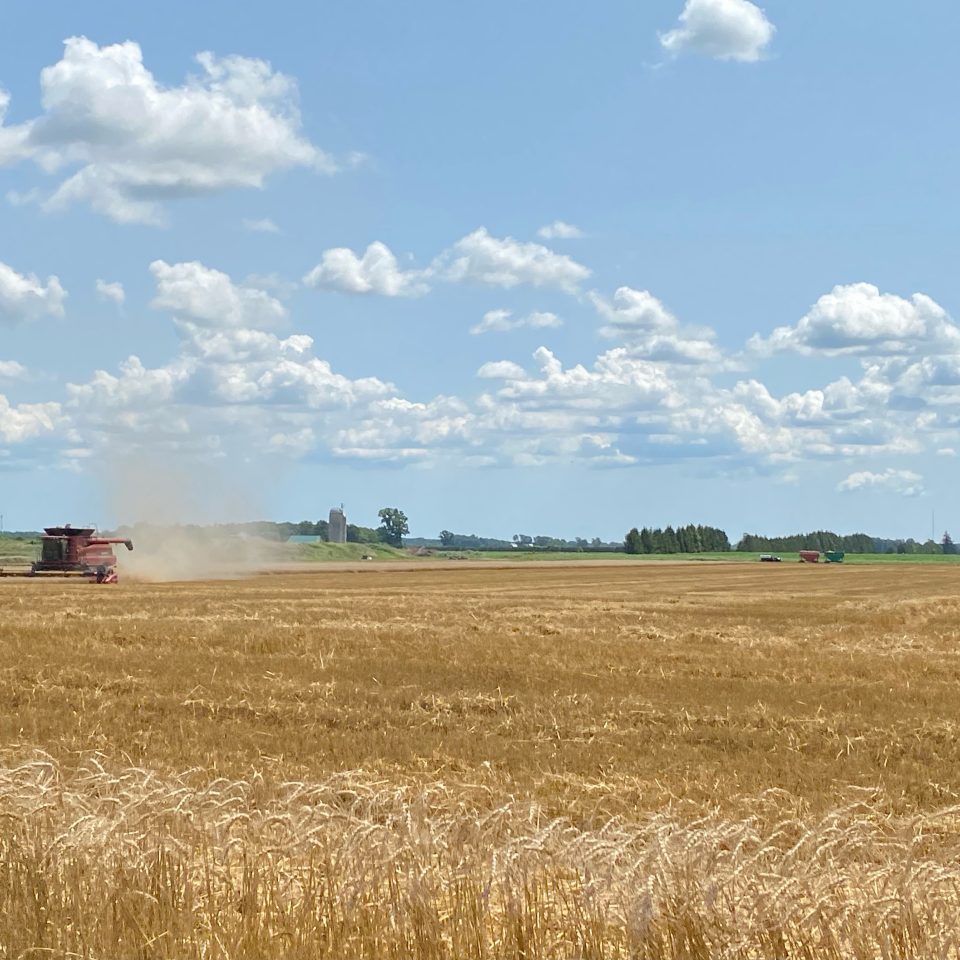
For a flourishing wheat season we recommend that you scout designated fields for weeds and evenness of maturity of the current crop. For Soybeans an Edible beans consider a preharvest desiccant to kill weeds and allow for an earlier harvest. Delaying harvest to wait for weeds to die will reduce the harvest quality of the soybeans and bean, then delay planting of wheat.
Here are some key strategies to ensure your wheat crops thrive:
Select The Right Varieties
- Begin by choosing wheat varieties that are well suited to our specific climate and soil conditions. Consult with a Sylvite Agronomist to make informed decisions.
Prep Your Soil
- Prioritize soil health through proper testing and nutrient management. Amending the soil with organic matter, like compost, can enhance soil structure fertility.
Timing of Planting
- Optimal planning dates are crucial for wheat success. Aim to plant during the recommended window to ensure the plants establish strong root systems before winter.
Seeding Rate & Depth
- Follow recommended seeding rates and depths to achieve the ideal plant population. Proper spacing allows for efficient nutrient and water uptake.
Fertility Management
- Implement a balanced fertilization plan based on soil test results. This promotes healthy growth and maximizes yield potential.
Weed + Pest Control
- Stay vigilant against weed and pests that can hinder wheat growth. Employ integrated pest management practices to minimize chemical inputs.
Water Management
- Efficient irrigation practices are essential for wheat’s water needs. Avoid over or under watering by monitoring soil moisture levels.
Disease Prevention
- Recognize common wheat diseases in your area and apply preventative measures. This may include using disease-resistant varieties and practicing crop rotation.
Scouting + Monitoring
- Regularly inspect your wheat fields for signs of stress, disease, or nutrient deficiencies. Early intervention can prevent issues from escalating.
Harvest Timing
- Harvest wheat at the right moisture content to ensure optimal quality. Properly calibrated equipment helps minimize losses and maximizes yields.
Remember, successful wheat cultivation requires a blend of science, experience, and a deep understanding of your unique growing conditions. By following these guidelines, you are well on your way to a bountiful harvest and a thriving agricultural season.